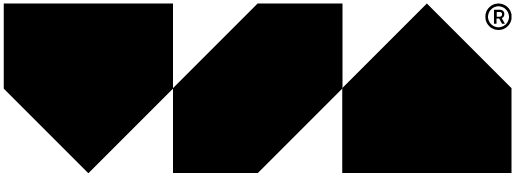Measurements
Work on the project begins with the collection of raw data, on the basis of which the designers create a design project. Such input data are technical specifications, plans of BTI or drawings from the developer, technical conditions for connection to the utilities received from the management company. If we get the details of the technical specifications directly from the customer, questioning them, the plans of BTI and the builder are not enough to ensure the accuracy of the reference dimensions at the site, or dimensions of built in elements – it is necessary to carry out the field measurement. Previously, measurements were performed manually, measuring distances first with a regular tape measure, then with the advent of laser distance meters by them. Often, several people were involved in measuring – someone measures, someone sketches and records. The disadvantages of this approach is that even the most responsible measurers make mistakes – they mix up numbers in dimensions, do not switch modes rangefinder, just miss some of the dimensions, even though people with an architectural and construction education have a separate semester and practice devoted to the production of measurements. The solution to this problem was the advent of 3D scanners, which allow you to get a fully digitized three-dimensional “cast” of any object – whether it’s a room or a house facade. Another plus of this technology is that in addition to the exact dimensions we can “walk” inside the scanned space, and see all the elements of engineering systems (sockets, wires, pipes), inside this model.
A video that specifically focuses on the topic of three-dimensional scanning, using Sasha Spielberg’s apartment project as an example
And this is a video of our dear clients Karina and Voskan – how the owner of the apartment sees the process from the outside
Planning solution
Without a doubt, we can say that the most important stage of the work is the planning solution. After all, it is on how well thought out, functional, ergonomic and technically correct it depends on whether it will be comfortable, and whether there will be problems in the process of coordinating and implementing the project. Unsuccessful design can be corrected relatively painlessly by repainting the walls and replacing furniture. But to fix a bad layout, you need to make a new repair from scratch.
We do not specify any number of options included in the contract. Our view in this makes no sense for one simple reason – the layout should suit the client 100%, be functional, ergonomic and solve all the problems. It happens that the ideal variant is born at the first attempt. And sometimes even 20 variants may not suit the customer. Therefore, our task is to make a perfect planning solution, not to count the options.
Concept design
When we have decided on the layout, we can move on to drawing sketches of future interiors. There are several approaches and techniques for exactly how to create sketches. Someone begins to immediately select materials, references, and make collages. As a rule, decorators use this approach. Someone starts to build an interior in design programs and proposes to make a decision on the basis of drawings, sketches, or “technical” sketches that these programs generate. What they all have in common is that the final photorealistic renderings are given to renderers at the very end, after all the issues have been agreed with the customer. On the one hand this approach is a big plus – it is more operational. The client has the feeling that the project is born “here and now. But there is a huge disadvantage: beautiful renderings are a constant, when nothing can be changed.
But can you be sure that this fabric will really look good in the interior? Or that you accurately enough imagine in your head the final result, looking only on the drawings, sketches and some samples? We made a different decision for ourselves. We create three-dimensional visualizations first. It is important for us that the customer is absolutely certain that he has seen everything, understood everything, that he likes everything and that with these images you can move on. Yes, it takes longer. Because it combines all of the things that were mentioned above. But this way you know exactly what you’ll get at the end.
The following topics are still being written, but will appear on the site very soon. If you don’t want to miss them, sign up for our updates! We promise not to spam – we don’t send newsletters more than once a month, and we only report when new material and important news is available.


